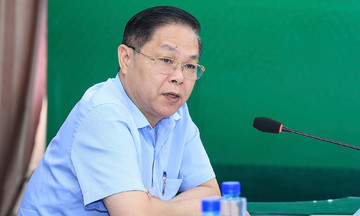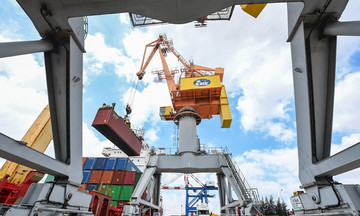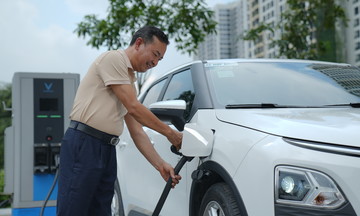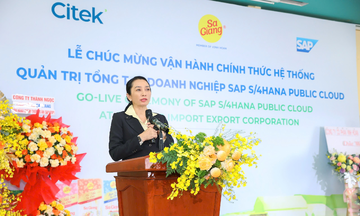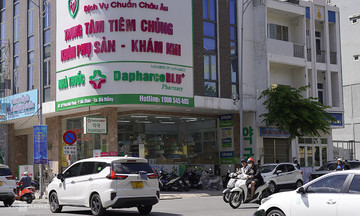Under the Paris Agreement, participating countries submit their Nationally Determined Contributions (NDCs), pledges to reduce greenhouse gas emissions, to the United Nations every two years.
In its 2020 and 2022 NDC submissions, aiming for Net Zero emissions by 2050, Vietnam did not set a limit on international carbon credit sales. Meanwhile, many countries have established limits on such transactions, with varying percentages. Ghana has the largest allowance at 99%, retaining only 1% for its NDC targets. Thailand and Cambodia allow 90% for international trade. Sri Lanka's allowance is smaller, at 25% and 50% for two different groups of credit-generating activities.
Experts in Vietnam warn that this lack of regulation could jeopardize the country's ability to meet its NDC commitments if excessive credits are sold.
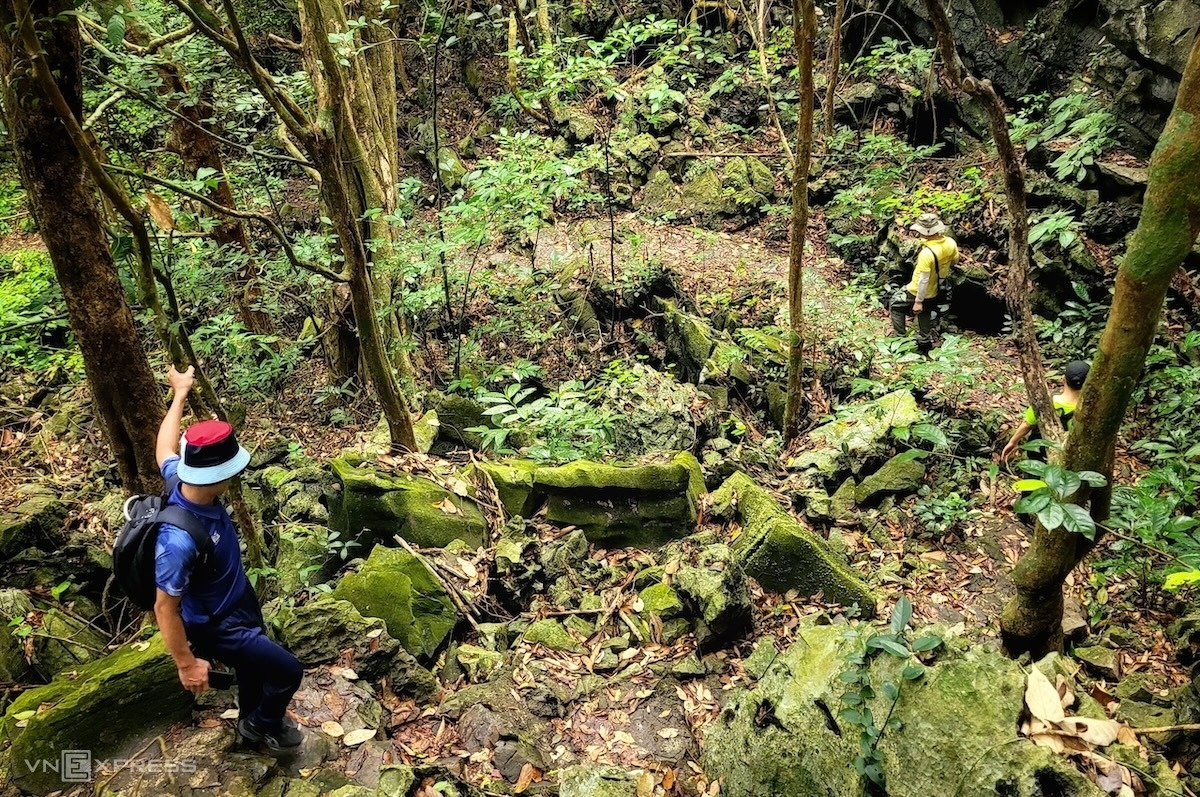 |
Cat Ba National Park, Hai Phong, 4/2024. Photo: Le Tan |
Cat Ba National Park, Hai Phong, 4/2024. Photo: Le Tan
At a consultation workshop on carbon credit trading on 20/8, experts recommended a 50% cap on international sales of carbon credits generated from 56 solutions in forestry, electric vehicles, waste-to-energy, and agriculture.
A carbon credit is a tradable permit or certificate representing the right to emit one ton of CO2 or an equivalent amount of other greenhouse gases.
Dr. Ho Cong Hoa, an expert from the Academy of Policy and Development, based the 50% recommendation on three scenarios: a 90% limit for a list of 20 mitigation measures, and 50% and 70% limits for the broader list of 56 measures.
Under the pre-2015 Clean Development Mechanism (CDM), countries selling carbon credits were not required to commit to emission reductions. However, the 2015 Paris Agreement requires both buyers and sellers to have NDC commitments and make "corresponding adjustments" to avoid double counting in transactions. If Vietnam sells 20 million CO2 credits, the purchasing country deducts that amount from its emissions, while Vietnam adds 20 million tons of CO2e to its NDC accounting.
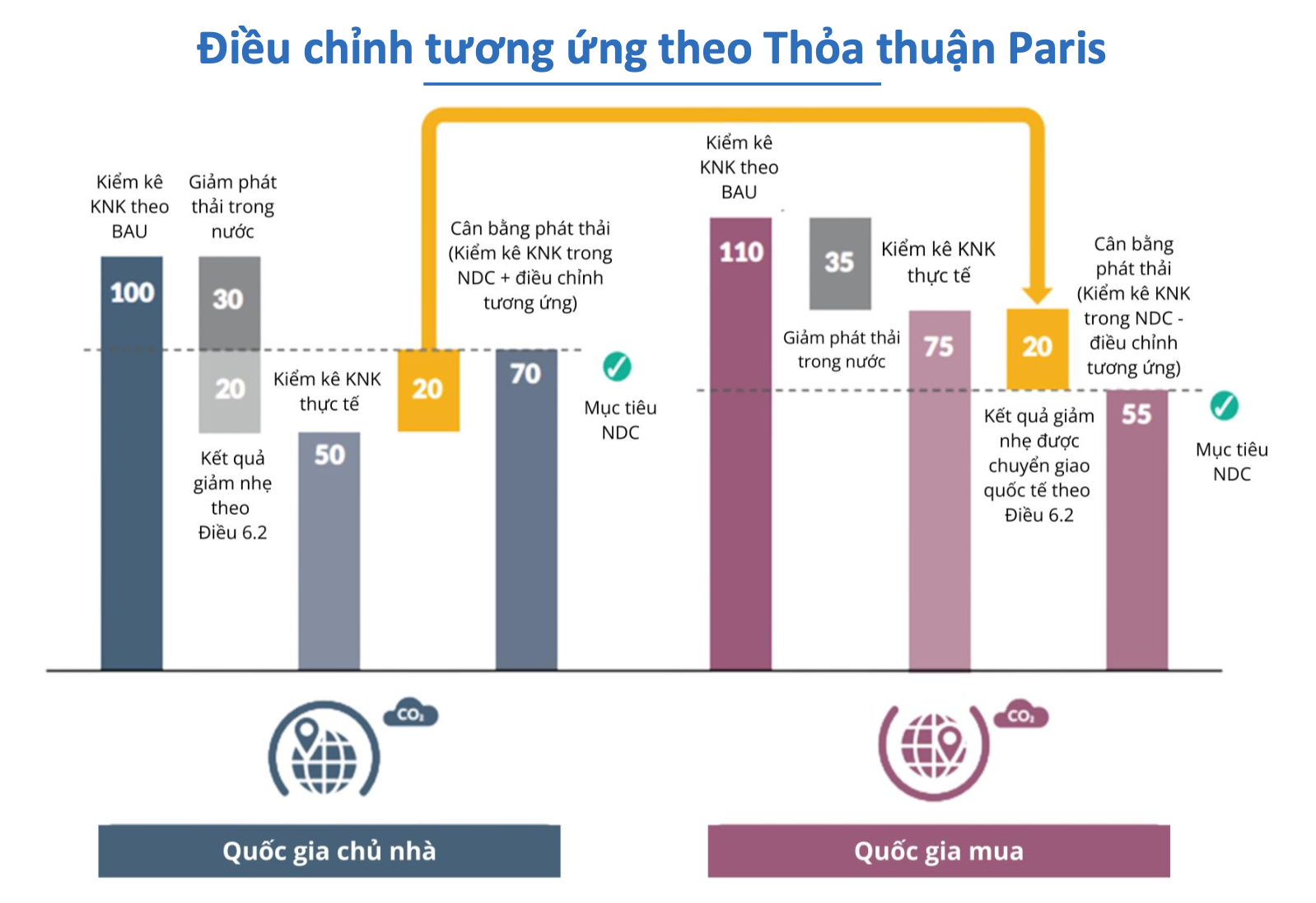 |
How corresponding adjustments work under the Paris Agreement. Source: GGGI - SPAR6C, Understanding Corresponding Adjustment, 2024 |
How corresponding adjustments work under the Paris Agreement. Source: GGGI - SPAR6C, Understanding Corresponding Adjustment, 2024
Therefore, experts advise Vietnam to limit the number of transferable credits in line with its ambitious domestic NDC target. A safe ratio is to retain 50% of the credits generated from the 56 mitigation measures.
"Retaining only 30% puts Vietnam at risk of missing its unconditional NDC target," Dr. Hoa said.
Representing the business sector, Nam Tran from Vingroup's Carbon Credit Department, proposed retaining only 5-10% of credits, allowing 90-95% for international sales, similar to Ghana, Thailand, and Cambodia.
Vingroup urged the Ministry of Agriculture and Rural Development to adopt clear and reasonable policies, referencing Thailand's experience. They suggested exempting low-risk, high-stability projects like renewable energy, green transportation, and energy efficiency from retention requirements, effectively removing the international sales cap. Higher retention rates should be applied to higher-risk projects in agriculture and forestry.
According to Nguyen Hong Loan, Head of Climate Policy at GreenCIC, many countries have relatively low NDCs but high corresponding adjustment fees (applied to each internationally traded credit) because they view credit sales as a source of foreign currency. For example, Ghana retains only 1% of its credits but charges USD 3-5 per transaction.
"Vietnam has set a very ambitious NDC target. The 50% recommendation is based on modeling. A 70% international sales cap presents a risk of overselling," Loan said.
Retaining emission reductions to ensure national NDC achievement is crucial for international carbon credit trading. Dr. Nguyen Tuan Quang, Deputy Director General of the Department of Climate Change (Ministry of Agriculture and Rural Development), stated that the Ministry is drafting a decree on international exchange of greenhouse gas emission reductions and carbon credits, expected to be submitted to the Government in Quarter IV.
Vietnamese businesses have issued over 42 million carbon credits certified by international organizations like Verra and Gold Standard, or under the CDM, as of 2023. Vietnam also has carbon credit exchange agreements with Japan and Memoranda of Understanding (MoUs) with South Korea and Singapore. These agreements create a foundation for the international carbon market, attracting investment and technical support, and helping Vietnam achieve its climate goals.
Thuy Truong





